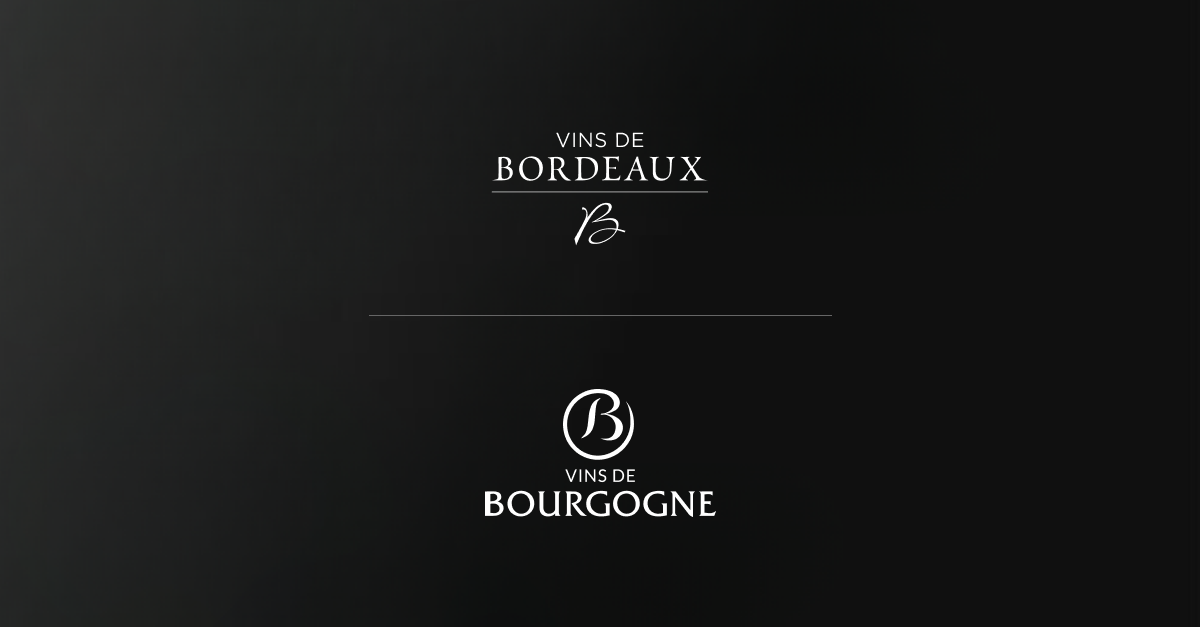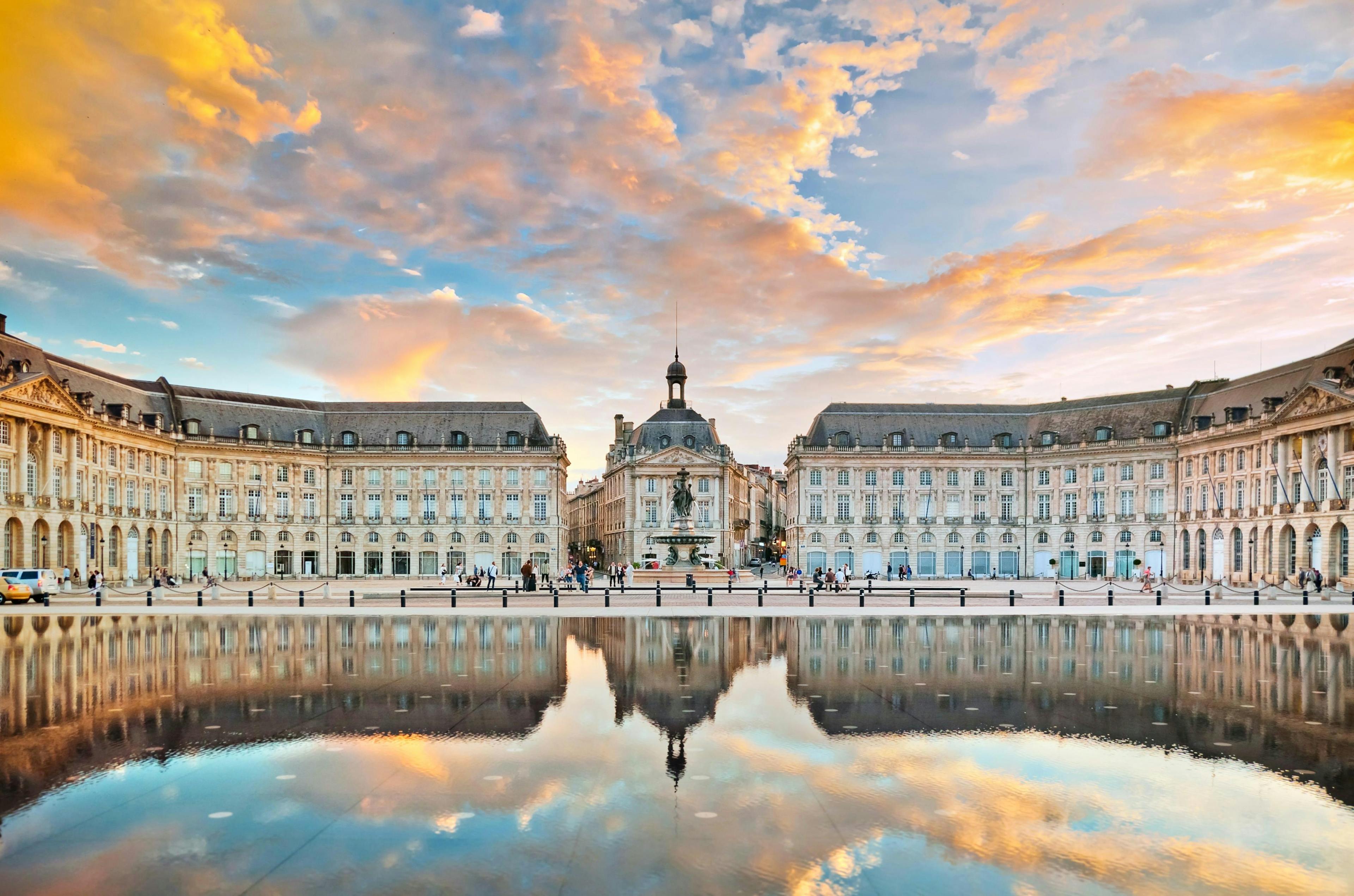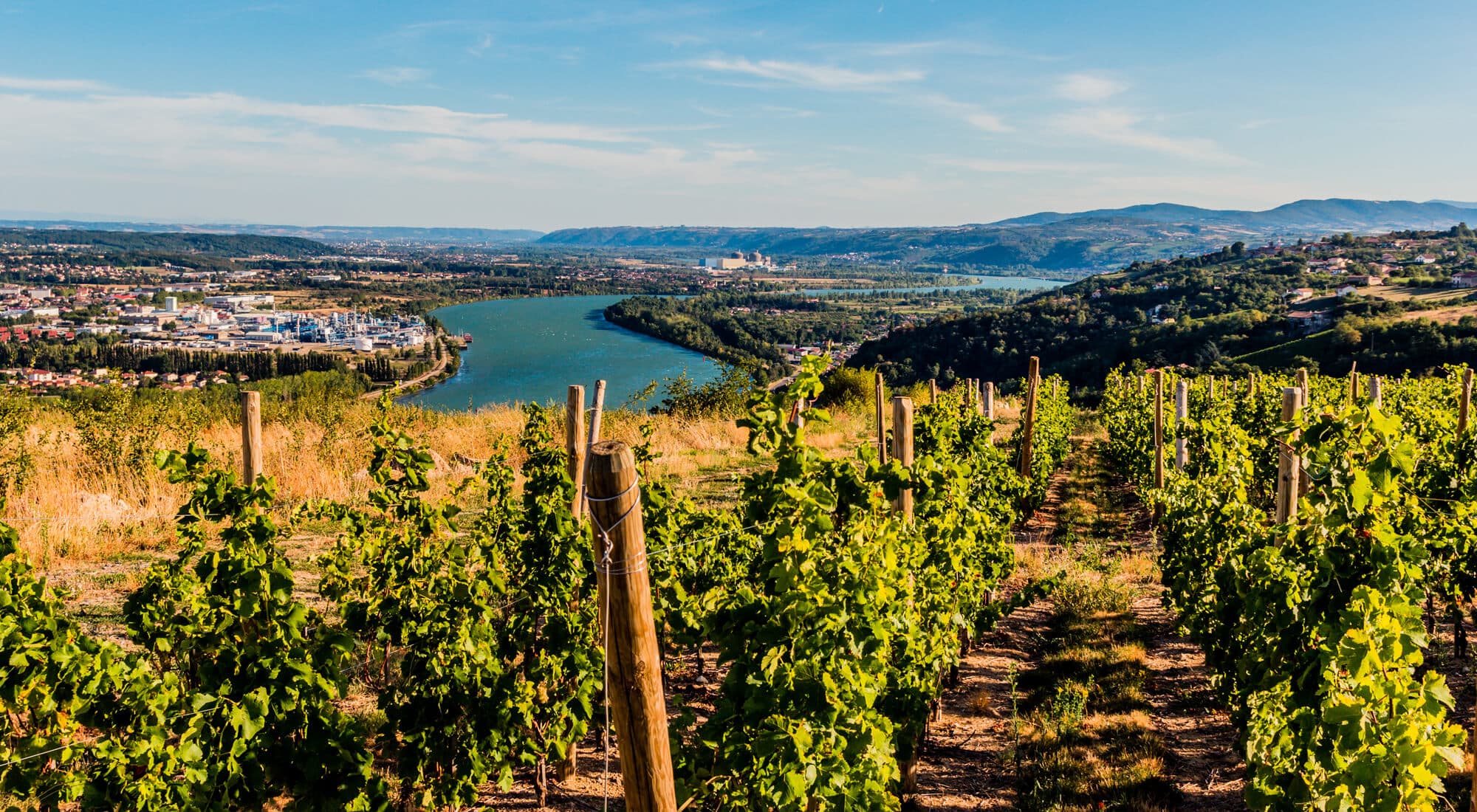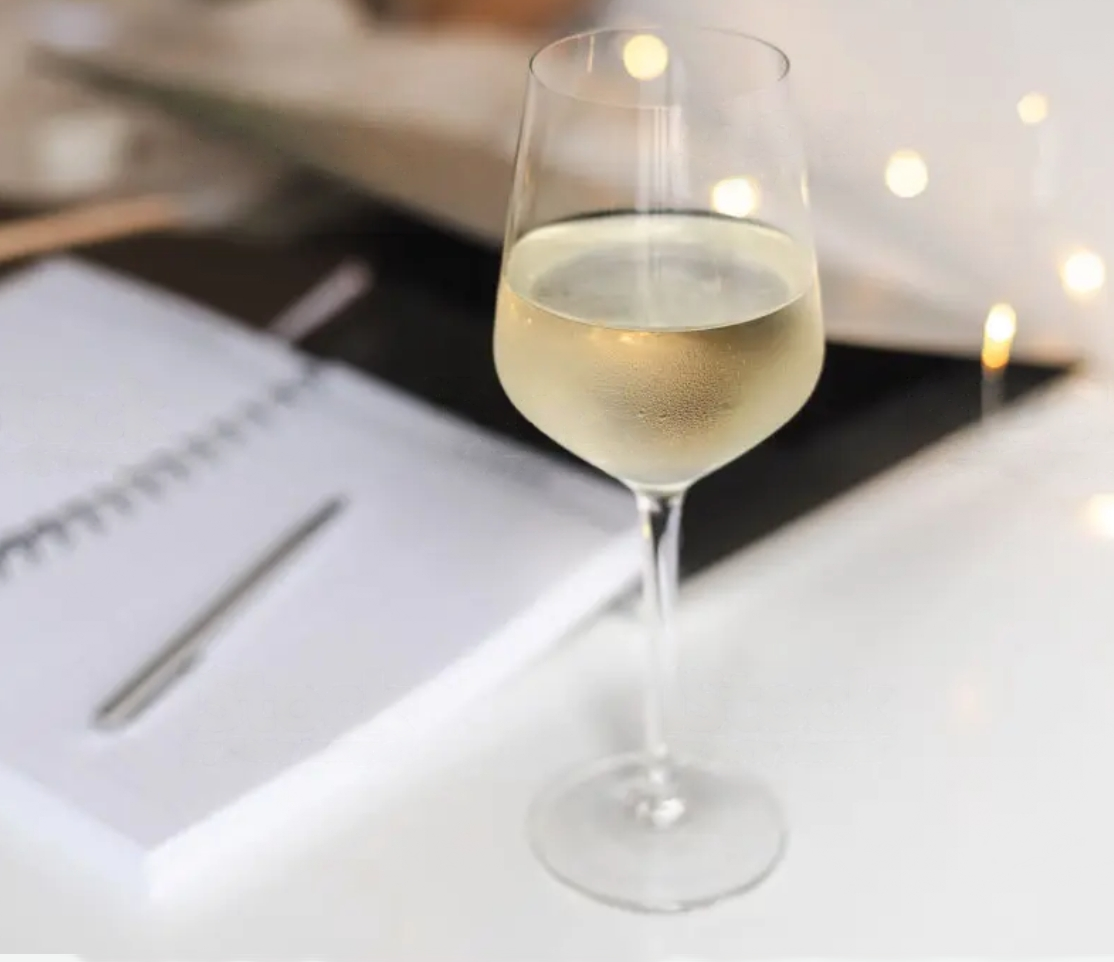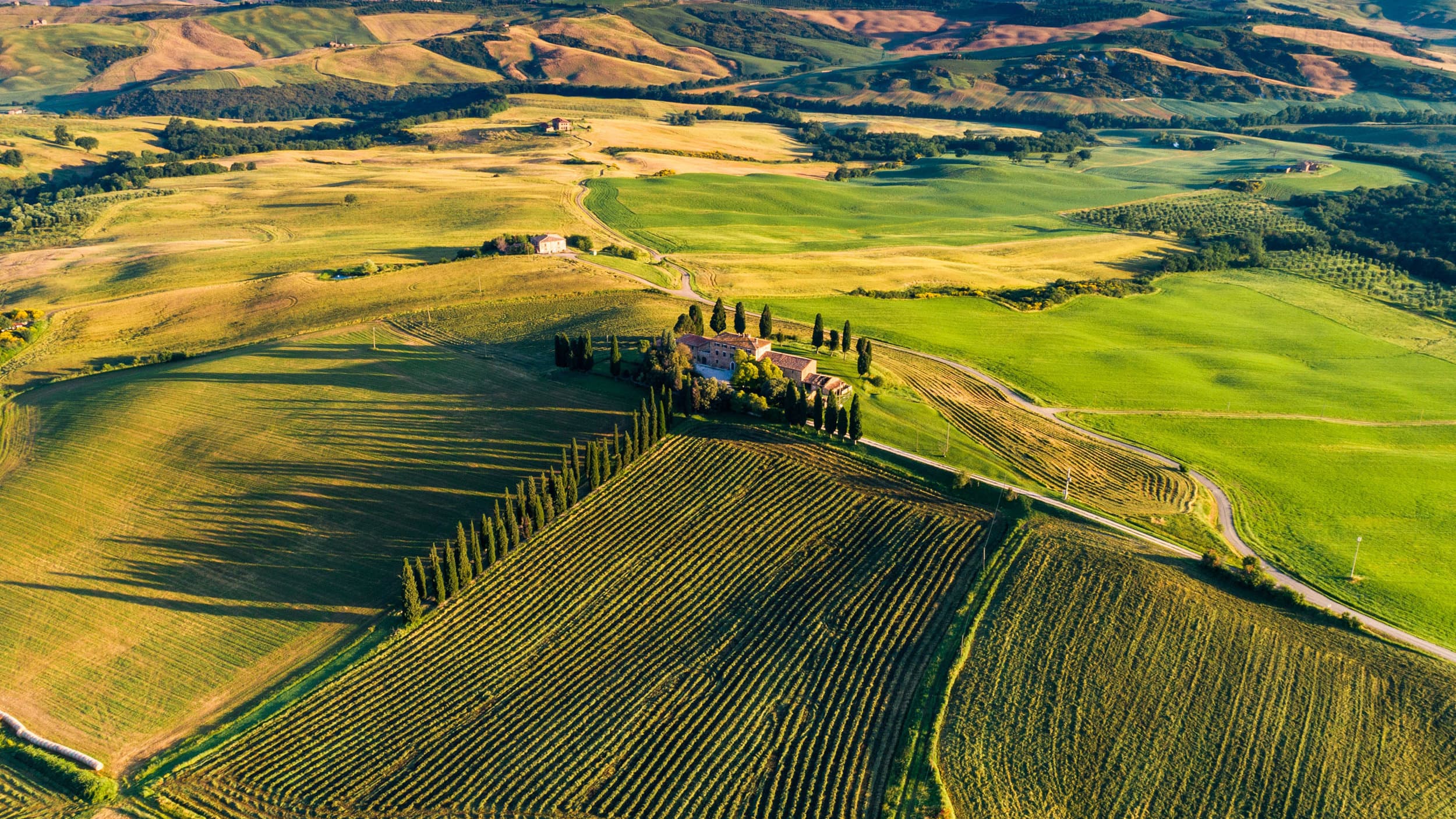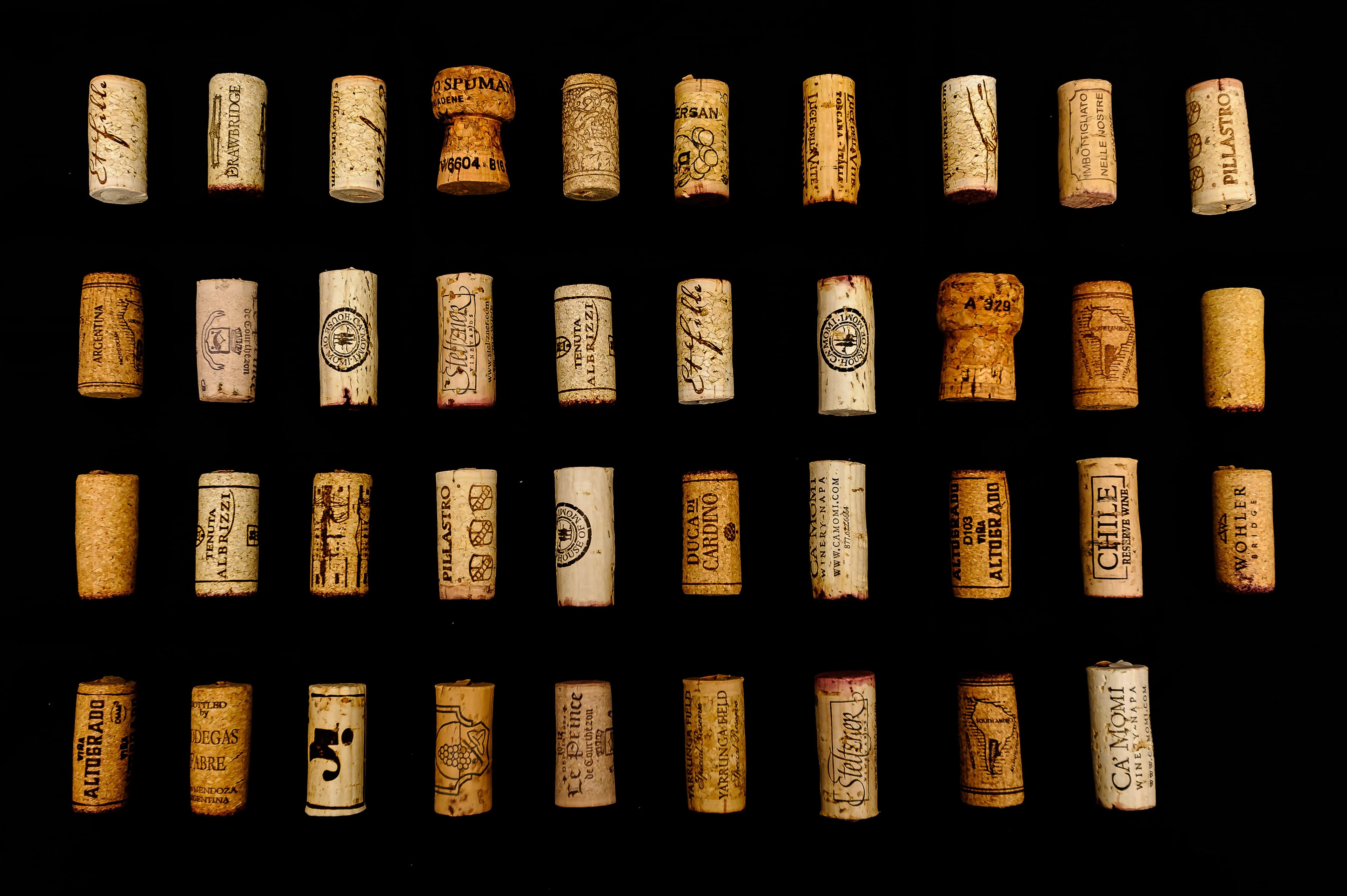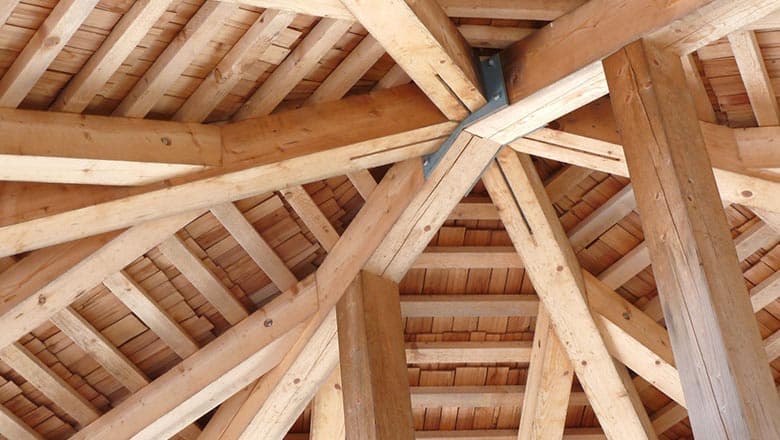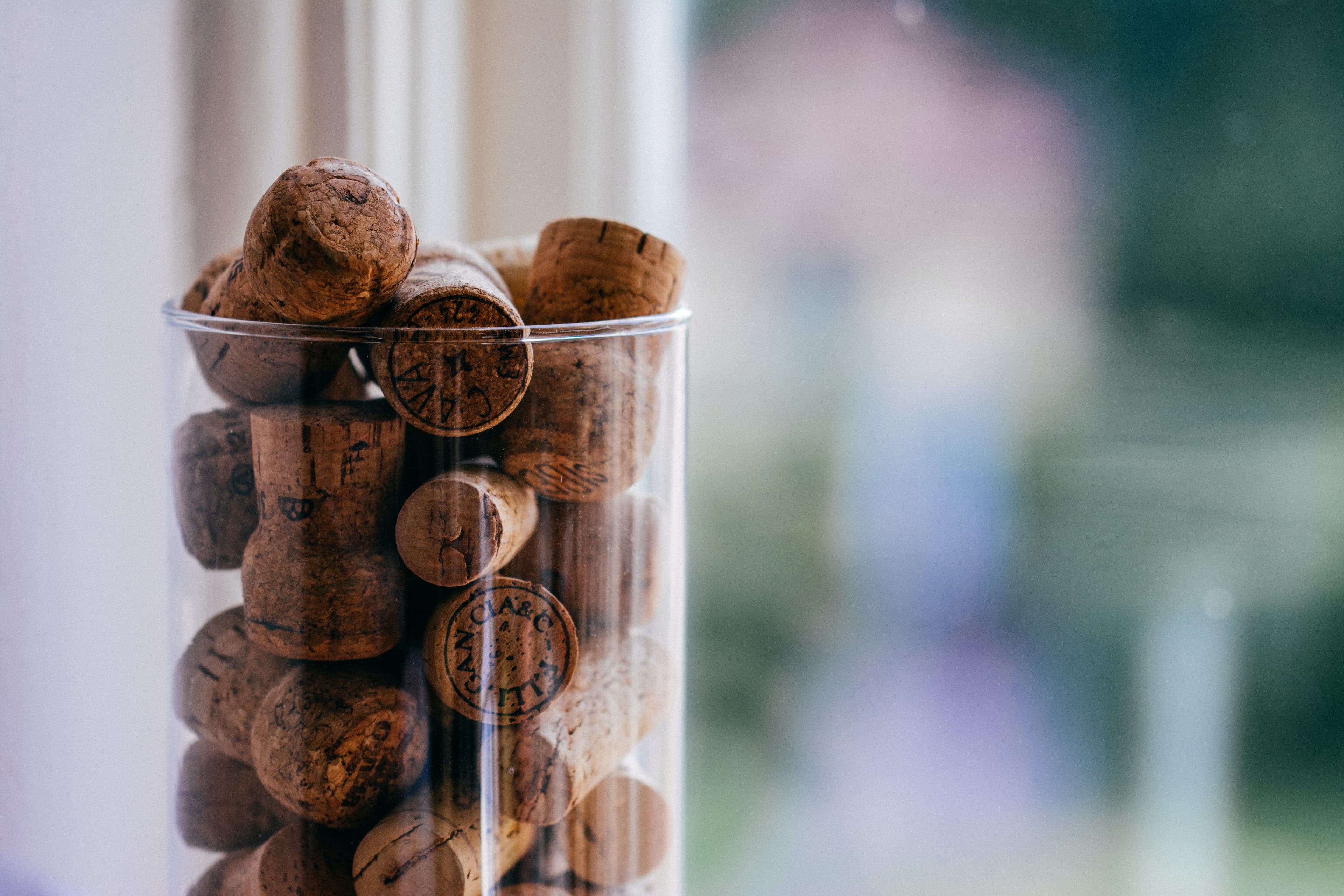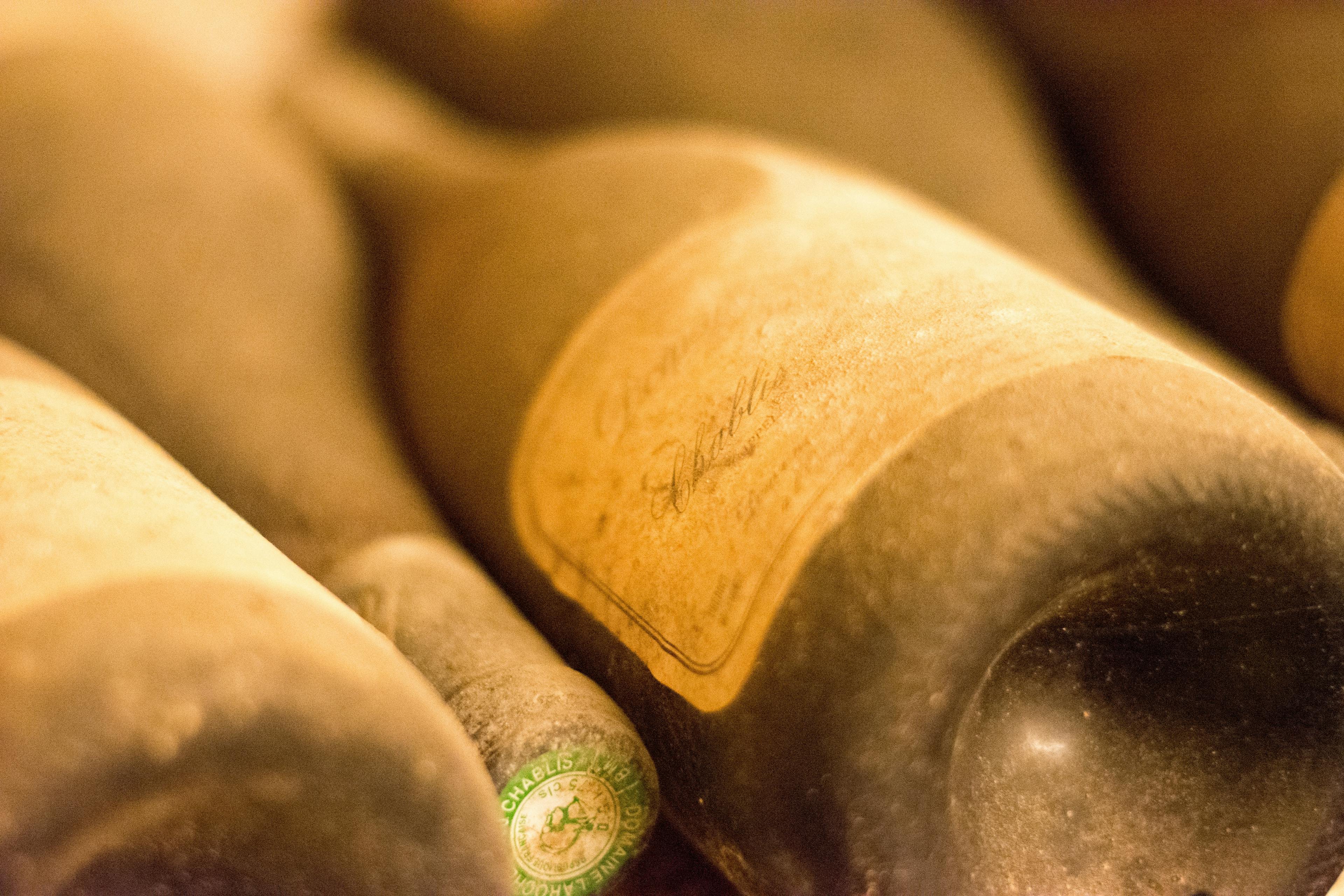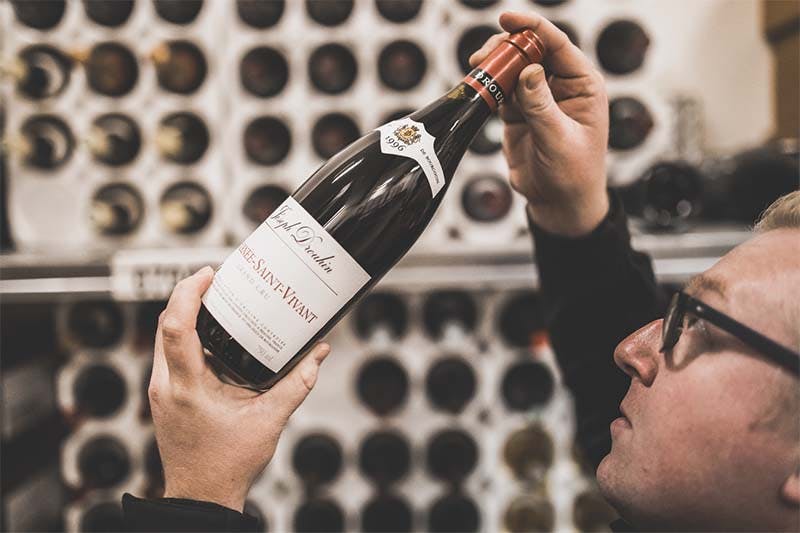
Exploring the world of fine champagne, few names resonate as profoundly as Louis Roederer. This prestigious label has long been synonymous with luxury and exceptional quality, captivating the palates of connoisseurs worldwide. The craftsmanship behind Louis Roederer is not just about producing champagne; it's an art form that combines tradition with innovation. Each bottle reflects a commitment to excellence, from selecting the finest grapes to the meticulous aging process. In this article, we delve into the intricate processes and the passionate people behind this iconic brand, revealing what makes Louis Roederer stand out in the world of sparkling wines.
The Art of Selecting the Right Grapes
The meticulous process of selecting the right grapes is fundamental to the quality of Louis Roederer champagnes. This begins with an intimate understanding of the vineyards, where each plot's microclimate and soil composition are carefully analyzed. The goal is to ensure that only the most suitable grape varieties are cultivated, which will best express the terroir and maintain the house's renowned consistency.
Climate Considerations: Grapes for Louis Roederer are chosen based on their ability to thrive in the specific climatic conditions of each vineyard. This includes monitoring temperature fluctuations and precipitation levels, which can significantly impact the ripening process.
Soil Analysis: The composition of the soil plays a crucial role in the selection process. Vines planted in mineral-rich soils tend to produce grapes with higher acidity and complexity, ideal for the structure of Louis Roederer's champagnes.
Vintage Variation: Each year brings its own challenges and opportunities. The expertise of the vineyard managers in predicting weather patterns and choosing the optimal harvest time is critical. This ensures that the grapes have achieved the perfect balance of sugar, acidity, and phenolic maturity.
By enjoying Louis Roederer, connoisseurs experience the culmination of rigorous grape selection and expert winemaking. Each sip reflects the dedication to quality and the artistry involved in crafting every bottle.
Detailed Overview of the Winemaking Process
The winemaking process at Louis Roederer is a testament to their dedication to quality and tradition. It begins with meticulous vineyard management, where the focus is on sustainable practices to nurture the vines. Each grape variety is harvested at its optimal ripeness, ensuring a perfect balance of acidity and sweetness. The harvested grapes are then gently pressed to extract the purest juice, which is crucial for maintaining the delicate flavors.
Fermentation is conducted in oak vats, allowing the wine to develop a rich complexity. Louis Roederer's commitment to precision is evident as they monitor the fermentation process closely, adjusting temperatures to enhance the wine's aromatic profile. After fermentation, the wine undergoes malolactic fermentation, which softens the acidity and adds creaminess to the texture.
Aging is another critical phase, with the wine resting in the cellars for several years. This period allows the flavors to meld beautifully, resulting in a harmonious blend. Once aging is complete, the wine is meticulously tasted and blended by the expert winemakers, ensuring that each bottle meets the high standards of the house.
For those interested in exploring some of the popular vintages, Louis Roederer offers a range that showcases the depth and elegance of their craftsmanship. Each vintage tells a unique story of the year's climate and the winemaker's artistry.
The Role of Master Blenders at Louis Roederer
At Louis Roederer, the master blenders play a pivotal role in maintaining the esteemed quality and unique character of their champagnes. These skilled artisans are responsible for blending various wine vintages to create a consistent flavor profile year after year. Their expertise ensures that each bottle of Louis Roederer reflects the rich history and heritage of the brand.
Selection of Grapes: Master blenders meticulously select the finest grapes from specific parcels within the Louis Roederer vineyards. This careful selection is crucial for achieving the desired aroma and depth in their champagnes.
Tasting and Blending: They conduct numerous tasting sessions to assess the quality of different base wines. This process allows them to determine the perfect blend that will uphold the house's prestigious reputation.
Aging Process Oversight: The blenders also oversee the aging process, which can significantly influence the final taste of the champagne. Their decisions on the duration and conditions of aging are essential for developing the champagne's complexity and flavor profile.
Through these detailed and precise practices, the master blenders at Louis Roederer ensure that each champagne release is not only a product of superb craftsmanship but also a continuation of the brand's storied legacy.
Aging Process: From Barrels to Bottles
The aging process of Louis Roederer champagne significantly influences its taste, transforming the beverage from a simple sparkling wine to a complex and celebrated drink. Initially, the wine undergoes primary fermentation in oak barrels, which imparts subtle woody notes and enhances the structural complexity. This stage is crucial for developing the initial flavors that define Louis Roederer's character.
After the primary fermentation, the wine is transferred to bottles for the secondary fermentation, known as the méthode champenoise. Here, the champagne gains its effervescence and further develops its flavor profile. During this period, the yeast cells break down, a process called autolysis, releasing proteins and polysaccharides that contribute to a creamier texture and richer flavor.
Time in the cellar: Louis Roederer champagnes are aged for at least four years, much longer than the minimum requirement for non-vintage champagnes. This extended aging allows for the development of a more nuanced bouquet and a smoother finish.
Riddling process: To ensure clarity, bottles are gradually tilted and rotated to consolidate sediment near the bottle’s neck for removal.
Quality Control Measures in Crafting Louis Roederer
Louis Roederer, a prestigious name in the champagne industry, adheres to stringent quality control measures to maintain its reputation for excellence. Each step of the production process is meticulously monitored to ensure the highest standards are met. From the selection of grapes to the final bottling, nothing is left to chance.
Vineyard Management: Louis Roederer employs organic farming techniques, avoiding chemical pesticides and fertilizers to preserve soil health and grape quality. This approach ensures that the natural characteristics of the vineyard shine through in every bottle.
Grape Selection: Only the best grapes are chosen for production. During the harvest, grapes are handpicked and subjected to a rigorous selection process, where only the healthiest and most mature are used.
Fermentation Control: Temperature-controlled fermentation allows for optimal yeast activity, which is crucial for developing the champagne’s flavor profile. This process is closely monitored to ensure consistency and quality across batches.
Aging and Blending: The wines are aged in oak barrels, which contributes to their complexity and depth. Master blenders then meticulously combine different vintages to create a balanced and harmonious final product.
For more detailed facts about Louis Roederer and its commitment to quality, exploring the specific techniques and standards can provide deeper insights into why this brand remains a leader in the champagne industry.
The Use of Technology in Enhancing Craftsmanship
In the world of champagne production, Louis Roederer stands out for its innovative use of technology, which significantly enhances its traditional craftsmanship. By integrating state-of-the-art equipment with age-old techniques, the winery ensures each bottle reflects both heritage and modern precision. This blend of old and new is pivotal in defining the characteristics of their esteemed champagnes.
Precision Viticulture: Louis Roederer employs advanced mapping and monitoring systems to analyze vineyard conditions. This technology allows for precise vine care tailored to the specific needs of each plot, ensuring optimal grape quality.
Optical Sorting Technology: At harvest, cutting-edge optical sorters meticulously select the best grapes. This process minimizes the inclusion of undesirable elements, enhancing the purity and flavor profile of the champagne.
Controlled Fermentation: The winery uses temperature-controlled fermentation tanks to ensure consistent taste and aroma profiles. This careful regulation preserves the delicate nuances of the grape, which are essential for the complex flavors Louis Roederer champagnes are known for.
Through these technological advancements, Louis Roederer not only preserves but elevates the craftsmanship that has made its champagnes world-renowned.
Handcrafting vs. Mechanization in Production
In the world of fine champagne, the debate between handcrafting and mechanization in production remains pivotal. Louis Roederer, a renowned name in the industry, exemplifies the importance of traditional methods. Handcrafting allows for a meticulous attention to detail that machines simply cannot replicate. Each bottle of Louis Roederer is a testament to the artisanal skills passed down through generations.
Mechanization, while efficient, often overlooks the nuances that define premium champagne. The process involves automated equipment handling large volumes of production, which can compromise the quality and unique characteristics of the champagne. In contrast, handcrafting involves:
Selection of Grapes: Artisans handpick only the finest grapes, ensuring each batch meets high standards.
Fermentation Control: Skilled workers monitor and adjust the fermentation process manually to enhance flavor profiles.
Bottling: Each bottle is carefully filled and sealed by hand, preserving its exquisite taste.
For enthusiasts looking to store their Louis Roederer bottles, understanding these production techniques underscores the value of proper storage to maintain the champagne's integrity and flavor.
Training and Skills Development for Artisans
At Louis Roederer, the dedication to excellence extends beyond the creation of fine champagnes. Training and skills development for artisans are pivotal, ensuring that every bottle reflects the highest standards of quality and craftsmanship. This commitment is evident in the meticulous process of selecting and preparing the right food pairings that complement the unique characteristics of each champagne.
Comprehensive Training Programs: Artisans undergo extensive training, learning about viticulture, the subtleties of the regional terroir, and the intricate processes of fermentation and aging.
Skill Enhancement Workshops: Regular workshops help refine the skills needed to identify the best grapes, blend them skillfully, and master the art of champagne production.
Quality Control Education: Artisans are taught rigorous quality control measures, ensuring that each batch of champagne meets the exacting standards of Louis Roederer.
Innovation and Creativity Sessions: Encouraging creativity, these sessions help artisans experiment with new techniques and blends, pushing the boundaries of traditional champagne making.
Through these initiatives, Louis Roederer ensures that its artisans are not only keepers of traditional methods but also innovators in the world of champagne.
The Importance of Harvest Timing
Harvest timing is crucial in determining the quality of Louis Roederer wines. This meticulous process ensures that grapes are picked at their optimal ripeness, balancing acidity and sugar levels to produce the finest champagne. The decision on when to harvest is influenced by several factors including weather conditions, grape variety, and desired wine style.
Weather Conditions: A dry, warm season can accelerate ripening, while unexpected rainfall might dilute sugar concentrations. Louis Roederer's experts closely monitor meteorological patterns to choose the perfect moment for harvesting.
Grape Variety: Different grapes mature at varying rates. Pinot Noir, for instance, might be ready weeks before Chardonnay. Each variety's unique characteristics dictate its harvest time to ensure flavor depth and aromatic complexity.
Wine Style: The intended style of the champagne also plays a significant role. For a fresher, more acidic wine, an earlier harvest might be preferable. Conversely, a richer, more robust champagne requires longer ripening.
Understanding these elements highlights how strategic harvest timing is integral to the production of premium champagne. To learn more about how to serve Louis Roederer and appreciate its craftsmanship, exploring the nuances of its production is essential.
Crafting Limited Edition and Special Cuvées
Louis Roederer, a prestigious name in the world of Champagne, has mastered the art of creating limited edition and special cuvées that captivate connoisseurs globally. These exclusive releases are a testament to the meticulous care and innovative techniques employed by their winemakers.
Selection of Grapes: The process begins with the careful selection of the finest grapes from specific parcels of Roederer’s own vineyards. These grapes are often from older vines that yield richer and more concentrated flavors, essential for the depth and complexity desired in special editions.
Unique Blending Techniques: Each cuvée is crafted using a unique blend of wines from different years. This blending process, known as assemblage, is a delicate art. It ensures that each bottle maintains the distinctive Louis Roederer style while also showcasing the individual character of the vintage.
Aging Process: Extended aging is another hallmark of these special releases. Some cuvées are aged for over a decade, far longer than the standard for Champagne. This prolonged maturation in Roederer’s cellars allows the wine to develop a fuller body and more nuanced flavors.
Limited Production: The production of these cuvées is intentionally kept small to maintain exclusivity and control over quality. Each bottle is a rare treasure, often sought after by collectors and enthusiasts alike.
Through these practices, Louis Roederer ensures that each limited edition and special cuvée is a remarkable expression of their craftsmanship and heritage.
Conclusion
In conclusion, the meticulous craftsmanship behind Louis Roederer exemplifies the dedication and artistry required to produce a world-class champagne. From the careful selection of grapes to the intricate processes of fermentation and aging, each step is a testament to the brand's commitment to quality and excellence. This attention to detail not only enhances the flavor and complexity of the champagne but also ensures that each bottle holds a piece of the rich heritage and tradition of the Louis Roederer estate.
For enthusiasts and collectors looking to invest in fine wines, Louis Roederer represents not just a delightful beverage but a valuable asset. At Rekolt, we understand the importance of proper storage and handling to maintain and enhance the value of such exquisite wines. Our professional cellar storage options provide an ideal environment for aging, preserving the integrity and quality of the wine. Furthermore, our marketplace offers a seamless platform for trading and reselling fine wines, making it easier for connoisseurs and investors to manage their collections and capitalize on their investments. Whether you are a seasoned collector or a newcomer to the world of fine wines, Rekolt and Louis Roederer together offer an unmatched experience in the enjoyment and appreciation of exceptional champagnes.
Share this article
